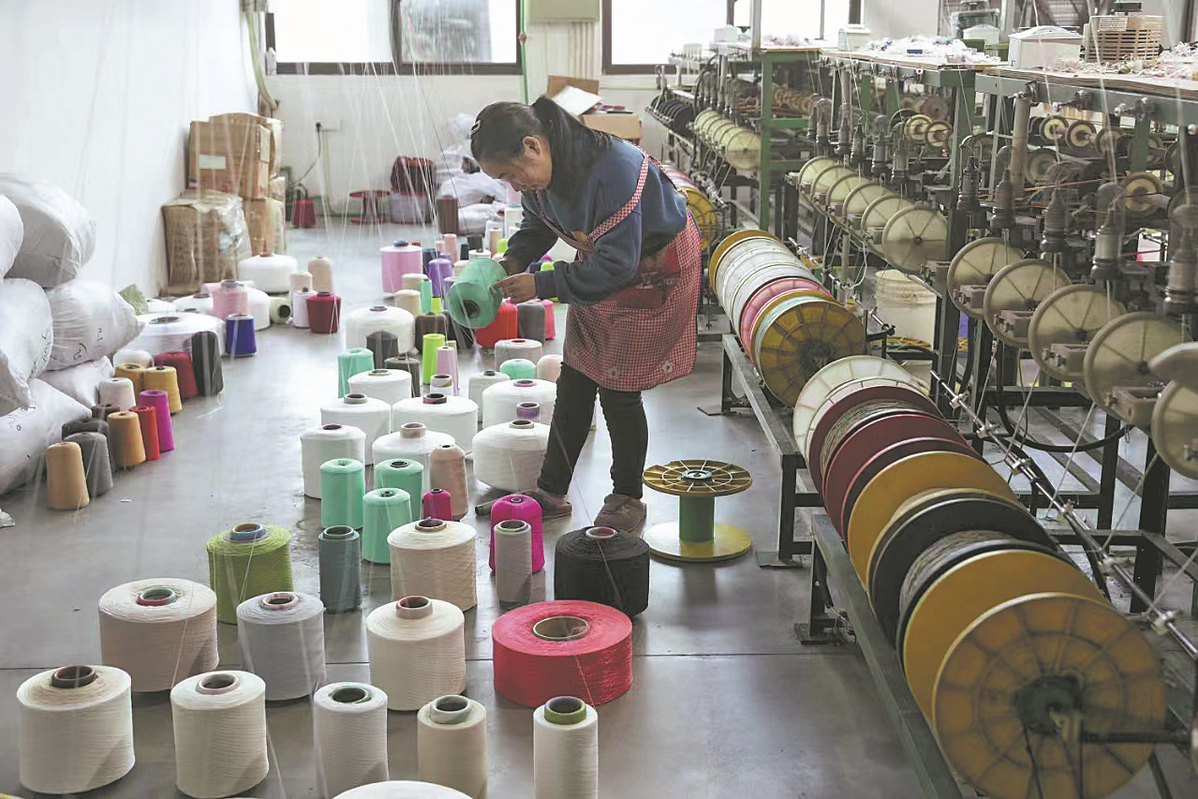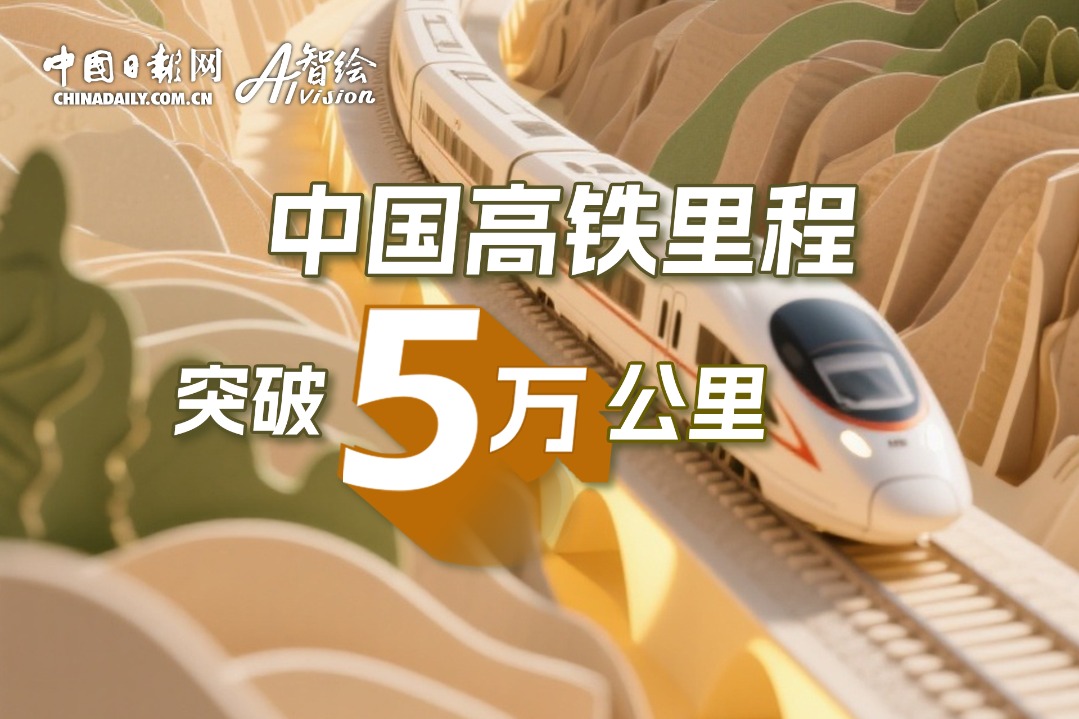Lace hub's global dominance unthreads tangled US tariff policy
Zhejiang-made dress puts manufacturing base in spotlight


Adapting to survive
Due to the uncertainty caused by the US tariffs and a cooling domestic garment market, low-margin operations are increasingly difficult to sustain.
Hu noted that some local companies are shifting to pet products like leashes and harnesses, since lace machines can be modified to produce other items.
"Nearby Shutou town is known for its leather goods. We send raw materials there to make elastic straps, bring them back to Mabu for processing, and export them as pet accessories."
This isn't the first time lace-making machines have been repurposed. Chen recalled that during the COVID-19 outbreak in 2020, local companies adapted their machines to produce ear loops for masks — up to 500 metric tons a day, enough for 1 billion masks. Many companies joined the effort, and even today, buyers still source ear loops from Mabu.
Given market volatility and seasonality, some orders placed with Yutang manufacturers are small — only 500 meters, making profitability difficult. "We rely on having many machines, many styles, and serving the national market. No matter the order size, we take it to keep the industry running," Huang said.
Many lace traders in Guangzhou are Wenzhou natives. One unnamed entrepreneur from Yutang set up a factory in Guangzhou and helped others from the village sell their products there.
The key to selling lace in Guangzhou, Huang said, is speed: "Lace is a semi-finished product used in fashion sampling. We stock our designs in Guangzhou so when clients need something, it's ready to go. Orders placed today can ship tomorrow."
Wenzhou Senzhong Knitting Co is an example of this business philosophy. Over 20 years ago, it moved one of its factories from Wenzhou to Guangzhou. Only recently have those operations returned home to a new factory.
"Now we have counters in Guangzhou, Yiwu, Shaoxing, and Hangzhou, shipping products from the factory to those counters for export," said Lin Aimin, manager of its Guoxing Lace factory.
The Mabu factory has five floors and 200 lace-making machines, though only a few operate currently due to the off-season. Lin said business is quieter this year, and demand usually rises again after July when production of winter lines begins.
























